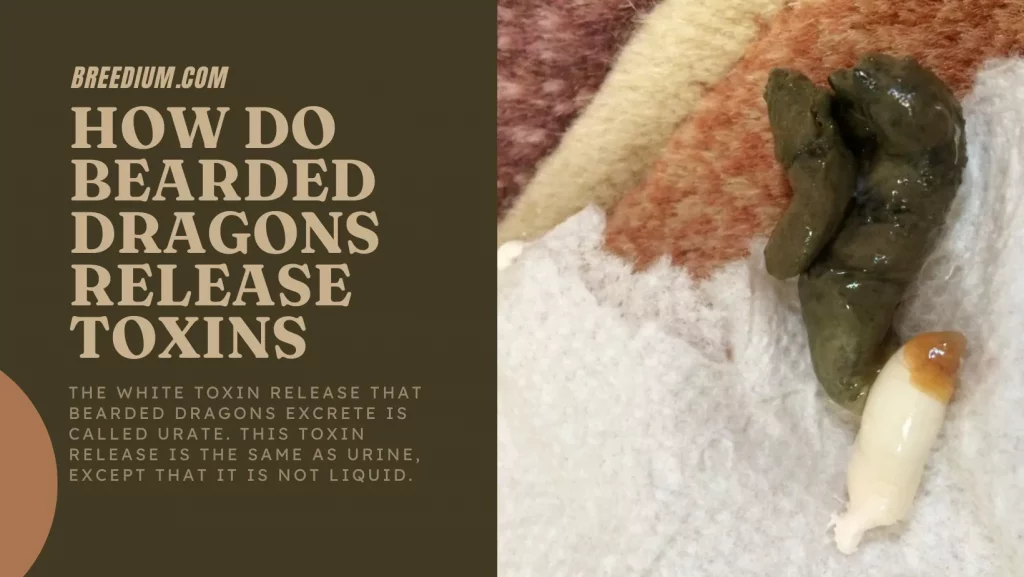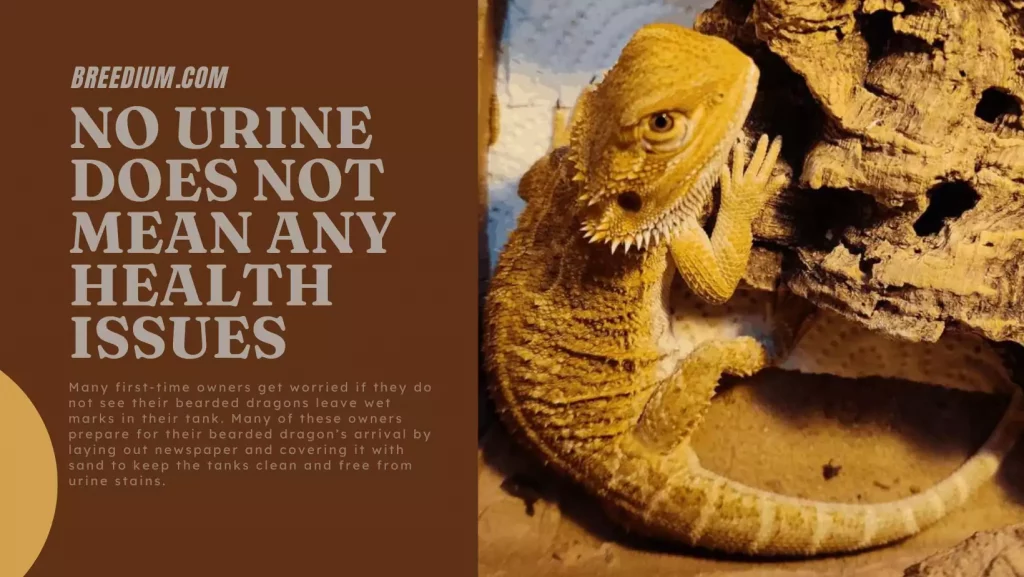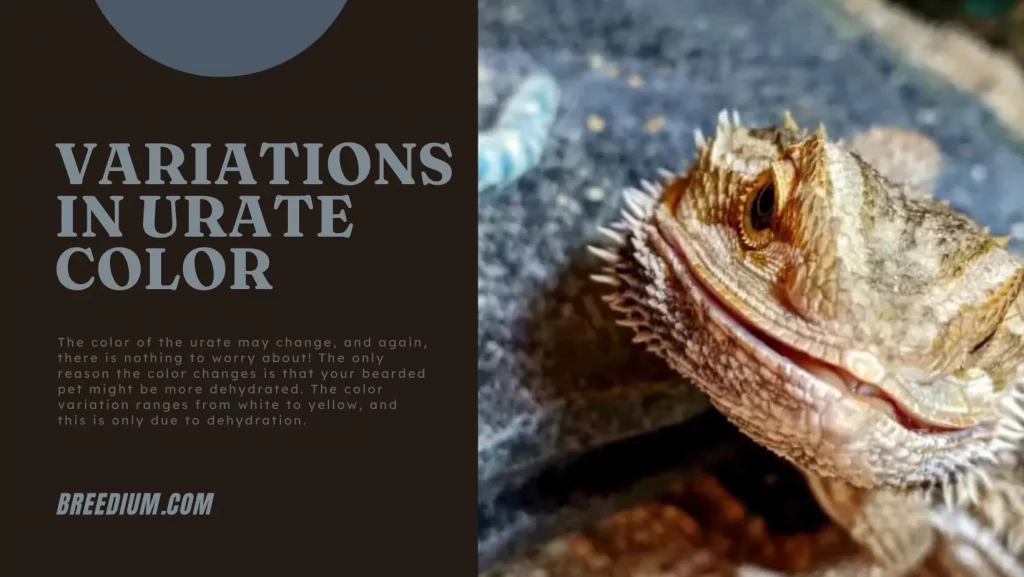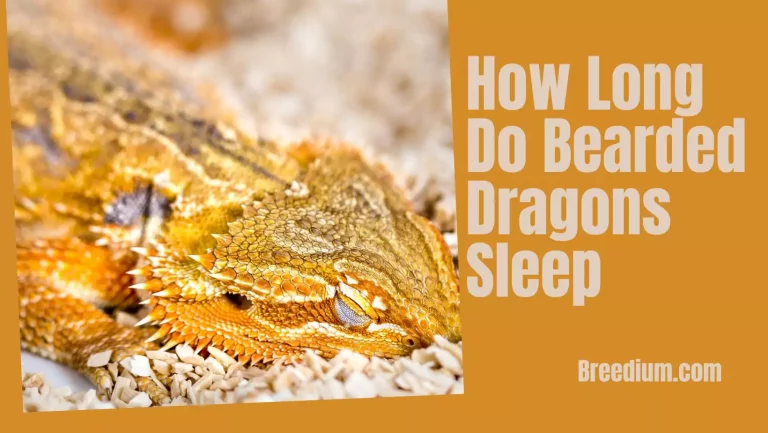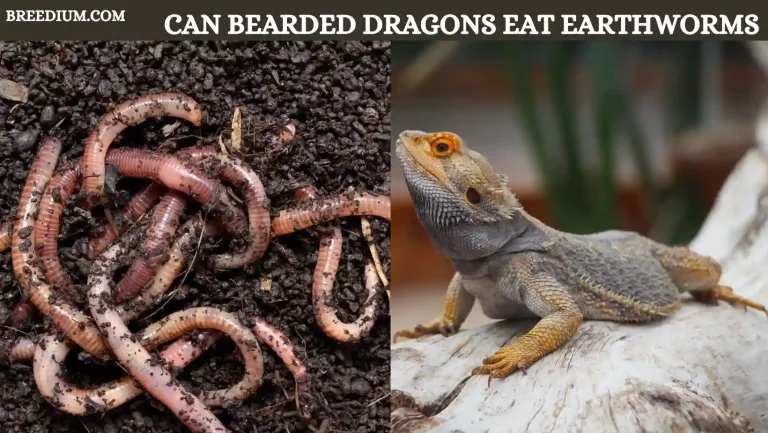Do Bearded Dragons Pee? | Understanding Reptile Excretion 2024
When you do not see any wet spots, or even if you do not see your bearded dragon urinate, it does not mean that it is time for a doctor’s visit. Do bearded dragons pee? The answer to this question is quite surprising, but it is interesting too. Bearded dragons are not mammals, and they are designed to survive in a different environment than us! These reptilians have their unique way of releasing toxins and cleansing their bodies. We suggest you don’t waste time preparing to keep their tank urine-proof as they will not need this tempering at all.
How Do Bearded Dragons Release Toxins
If you haven’t seen your bearded dragon pee, but you have seen a white powder deposit, you can take a deep breath and relax! Your bearded dragon is getting rid of toxins just the way it should! Bearded dragons are desert reptiles. They are ‘programmed’ to survive in a dry, hot environment where there is less or no water. The wastage of water through urinating can be hazardous because they cannot go up to any water body nearby and hydrate again!
The white powder that these bearded dragons excrete is uric acid, which is a concentrated form of urine without any water. More frequently, this white urine deposit is accompanied by fecal waste and removes toxins from the dragon’s body. Getting rid of toxins helps bearded dragons sustain themselves in the hot and dry desert. Also, check out Do Bearded Dragons Have Teeth.
No Urine Does Not Mean Any Health Issues
Many first-time owners get worried if they do not see their bearded dragons leave wet marks in their tanks. Many of these owners prepare for their bearded dragon’s arrival by laying out newspaper and covering it with sand to keep the tanks clean and free from urine stains. However, their preparations go wasted because there are going to be no marks! If it disturbs you, that does not mean that your pet is ill or there is something wrong with them.
Every creature has a unique digestive and excretory system. These reptilians do not waste water in their body by passing it out as pee. The body systems of this reptilian are designed to sustain the low hydration and lack of water that these creatures face in deserts and arid zones. You may have heard vets say that you must not give bearded dragons too much water. The reason for this advice is that these reptilians do not excrete water and therefore may develop a lousy water retention situation!
The White Toxin Release
The white toxin release that bearded dragons excrete is called urate. This toxin release is the same as urine, except that it is not liquid. While the fecal excretion looks the same as other animal waste, the urine is different and an exclusive feature of bearded dragons. As long as you see this white powder with fecal discharge, there is no need to worry about your bearded dragon’s health.
The frequency of urate excretion is not fixed as it is in humans. Bearded dragons excrete urate according to the buildup of toxins in their body. When there is enough wastage to excrete, the dragon will throw it out. However, like humans have an active excretory system, bearded dragons do not. You will see the white powder when they are ready to excrete, and there is no fixed timetable that it can be every day or not. The infant bearded dragon can pee as much as three times a day, whereas adults usually pee once a day when they pass fecal discharge. However, these timings can vary according to diet and the temperature that they are kept under.
Variations In Urate Color
The color of the urate may change, and again, there is nothing to worry about! The only reason the color changes is that your bearded pet might be more dehydrated. The color variation ranges from white to yellow, and this is only due to dehydration. Just like there are days when we sweat a lot and may be dehydrated, the color of pee is darker. Similarly, when the bearded dragons are dehydrated, urate is yellower. However, the simple remedy is to give them water to drink.
The ambient temperature may be more due to which the dragon can be dehydrated, or maybe they are taking a diet that is not rich in moisture. Keep a dietary balance, and you will notice that the color of your bearded dragon urate will return to white.
Another reason for yellow urate is that the bearded dragon may have excess calcium. Always remember, urate is the excretion of waste, and whatever is in excess and not needed by the system will be excreted. Therefore, when calcium is in excess, it will pass out with urate or fecal excretion. Another indication of dehydration is the consistency of the powder. If the urate is soft and granular, it is fine, but if it is hard and forms brittle pebbles, the bearded dragon is dehydrated.
Conclusion
Bearded dragons do not pee, but they excrete a white powder called urate. This powder is passed out of the body with fecal discharge, but it may vary in color according to the hydration level of the dragon. Pet owners can take care of their dragons if they see any irregularity in the consistency or color of the urate. Moreover, you can read Do Bearded Dragons Bite.
Frequently Asked Questions
How can I ensure white urate instead of hard and yellow excretion?
Owners can keep their bearded dragons hydrated, and they will notice the color of urate return to white. This can be done by giving them a warm bath or by giving them moisture-rich foods.
Does stress impact the frequency of peeing?
If the bearded dragon is stressed, it can become constipated and may not urate for days. As a responsible owner, you must ensure that your bearded dragon is not stressed due to external factors such as light or temperature, and neither is it eating forbidden food items.

Emma is a pet enthusiast, and her way with words makes her an expressive writer. Her interests lie in healthcare and planning nutrition for various pets. She has two girls, and she’s passing her passion to them through occasional volunteer projects in the small neighborhood zoo. Emma joined our team as an enthusiast and has added more years to her experience by researching more about various creatures!


